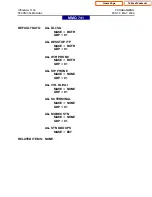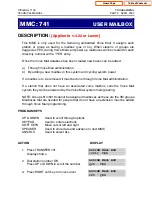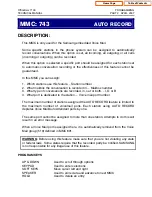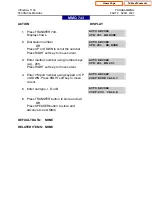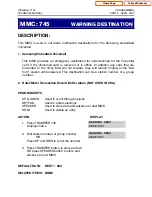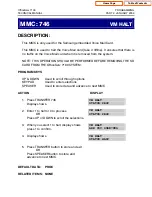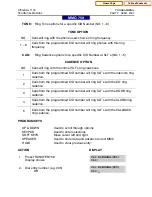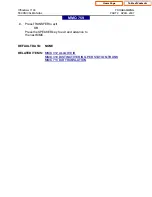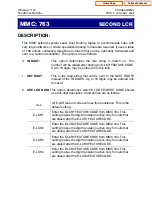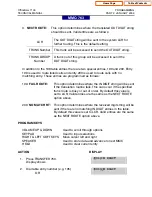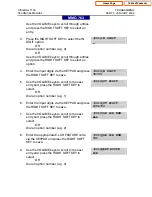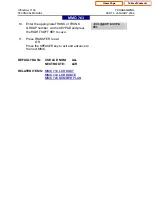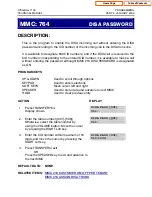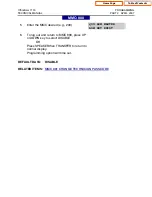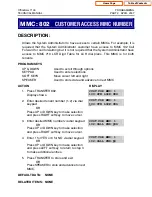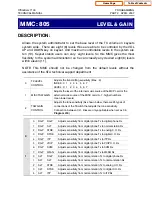
OfficeServ 7100
PROGRAMMING
TECHNICAL MANUAL
PART 2 APRIL 2007
MMC: 759
CLI RINGING
DESCRIPTION:
This MMC is for Central Office lines using Caller ID services. It uses a table of 500
entries containing telephone numbers that are to be acted upon in one or more of
the following ways:
1.
REJECT OPTION:
Matches the Caller ID number received on the incoming call
to an entry in this table and assigns it to be rejected. The phone system will
hang up on this call before it is answered. NOT FOR USE IN THE USA.
2.
PRIORITY QUEUEING:
Matches the Caller ID number received on this incoming
call to an entry in this table assigns it a priority of 1~9 when it rings any station
group. When the group is busy a PRI-1 will be placed ahead of the other caller
waiting to be answered.
3.
DISTINCTIVE RINGING:
Matches the Caller ID number received on the
incoming call to an entry in this table and assigns it to ring with a specific TONE
for keysets or CADENCE for SLTs.
The CID Ringing table consists of 500 entries.
CLI:
CID number to be received from the central office. Up to 16 digits may be
entered.
REJ:
CID call reject option. When this is set to YES, an incoming call with a CID
number that matches the CLI field will be rejected (hang up) by the
system. (NOT FOR USE IN USA).
PRI:
CID priority option. There are 9 priority levels: priority 1 is the highest and
priority 9 is the lowest. When calls into station group come in and group
members are all busy, the system will assign a priority to the CID number
so that calls from a high priority CID number will be placed at the front of
the group queue. If this option is set to NO, the longest call that is placed
at the group queue has the highest priority.
R1:XXX,R2:XXX, R3:XXX, R4:XXX, R5:XXX, R6:XXX
Ring plan and destination during each ring plan. The destination can be a
station or a station group.
Home Page
Table of Contents




